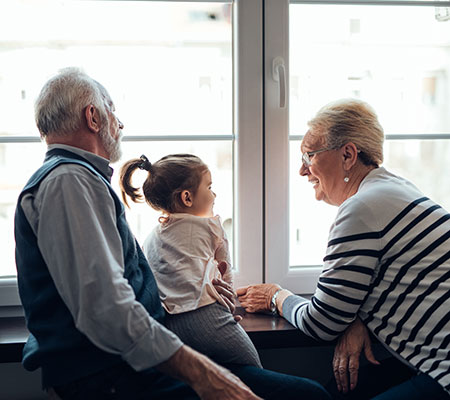
If you are faced with end-of-life decisions, helping your family cope with the grief of your death is often a concern.
Legacy building activities provide important healing not only for your family, but also for you.
“Everyone has a story and this is a way to really reflect, process that story and leave memories for those we love long after we are gone,” said Marcy Elwood, clinical oncology social worker with Marshfield Clinic Health System.
Dignity therapy
Elwood has training in dignity therapy, a specific type of legacy building activity. Dignity therapy involves recording an interview and turning it into a legacy book to give to your family.
“I’ve done these with patients who have wanted one for various reasons,” Elwood said.
The book includes information from your life including:
- Memories such as your wedding day or birth of your children
- Accomplishments such as graduations and awards
- Particular things you want to say to your family
- What you have learned
Research has shown dignity therapy improves the quality of life and decreases anxiety and depression if you go through the process. It also can lead to an increased sense of dignity and purpose, heightened sense of meaning and belief that it helps your family.
Dignity therapy books are written in the patient’s words. Even after they are not physically here, their loved ones are able to read these documents and hear their loved one talk through the legacy book they created,” Elwood said.
Other legacy building activities
Most legacy building activities like dignity therapy help you reflect on your life in a positive way. It also helps you prepare for future events you may miss.
“A lot of times they think about future events and how they can still be there for their families during those times,” Elwood said.
Other examples of legacy building activities include:
- Purchasing and filling out end-of-life books
- Leaving cards, letters or other gifts for future events or family members
- Completing advanced directives and other legal documents
- A video or audio recording
- Taking photographs or other images such as hand prints for memories
For more end-of-life legacy building activity ideas, talk to a member of your health care team.






Leave a Reply